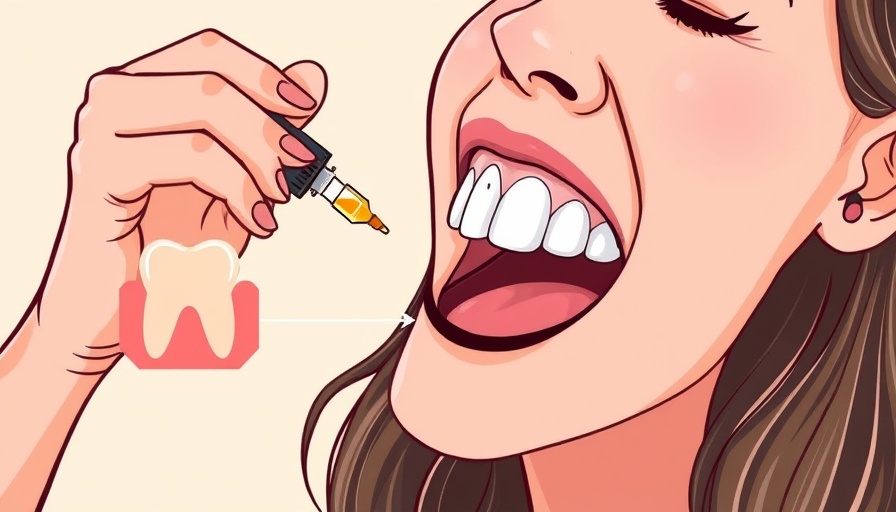
Uncovering the Hidden Dangers in Our Shampoo
For many, the daily ritual of washing hair is a mindless act, an automatic part of our self-care routine. Yet, what if I told you that the shampoo you use could be more dangerous than you realize? A recent study by the Center for Environmental Health (CEH) unearthed shocking findings about a common ingredient in popular shampoos: cocamide DEA. This chemical isn't just harmless foam; it's linked to serious health risks, including cancer.
Understanding Cocamide DEA: A Closer Look
Cocamide DEA, a derivative of coconut oil, serves as a thickening agent that gives your shampoo its lather. While we often associate thick, rich suds with cleanliness, this ingredient harbors significant risks. According to CEH, exposure to cocamide DEA has been connected to irritations, organ system toxicity, and even the formation of carcinogenic nitrosamines when it interacts with other chemicals. It's a stark reminder that some of our everyday products aren't as safe as they seem.
Health Risks That Can’t Be Ignored
The health implications of using cocamide DEA are concerning. Research indicates it may increase the risk of liver cancer and might contribute to changes that precede thyroid conditions. These risks extend beyond mere aesthetics — they touch upon our fundamental health and well-being. Furthermore, the Environmental Protection Agency (EPA) has classified it as a potential carcinogen, amplifying the urgency for consumers to reassess their product choices.
Environmental Concerns: A Ripple Effect
What happens to cocamide DEA after it goes down the drain? This chemical doesn't just vanish — it has profound environmental impacts. Studies suggest that it can bioaccumulate, causing toxicity in aquatic life, particularly in regions where runoff is prevalent. This means that our routine hygiene products can contribute to a larger cycle of environmental degradation, affecting ecosystems and biodiversity.
The Legal Landscape and Consumer Awareness
The findings by CEH have sparked a legal push against major companies. California’s stringent Proposition 65 has placed cocamide DEA on its list of chemicals that require consumer warnings, leading to lawsuits against several well-known brands. This legal battle underscores the startling lack of safety regulation around common personal care products and demonstrates the necessity for public awareness regarding the chemicals we use daily.
Brands You Should Watch For
Many recognizable brands have been implicated in these findings, with names like Prell and American Crew found to include cocamide DEA in their formulations. Shoppers deserve transparency about the products they put on their bodies. By knowing which brands to avoid, individuals can make well-informed decisions and seek safer alternatives. Consider switching to organic or sulfate-free shampoos, which are often free of these harmful chemicals.
Embracing Safer Alternatives: Your Health, Your Choice
Changing your shampoo doesn't have to be daunting. Many eco-conscious brands offer safer alternatives without synthetic chemicals. Look for shampoos with natural ingredients that nourish rather than compromise your health. For example, products that leverage plant-based surfactants can provide the lather you desire without leaving you vulnerable to harmful substances.
What Can You Do?
As a consumer, knowledge is power. Be proactive in researching product ingredients before making purchases. Consider what’s not listed on labels — many harmful chemicals might be tucked away under technical names. Your awareness can lead to safer choices that benefit not just your health, but also the environment.
Conclusion: Taking Steps Toward a Healthier Routine
The realization that our daily hair wash may introduce harmful chemicals into our lives is alarming. As consumers, it’s essential to advocate for healthier, safer products in our routine. By being informed, we can take action to protect ourselves and future generations. Remember, choosing well can empower us to enhance our overall well-being and promote a healthier planet.
 Add Row
Add Row  Add
Add 




Write A Comment